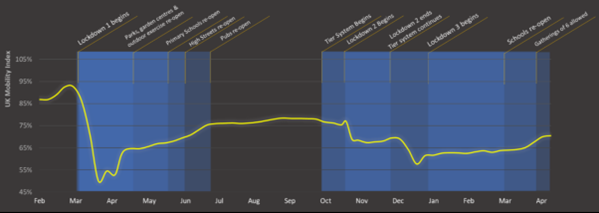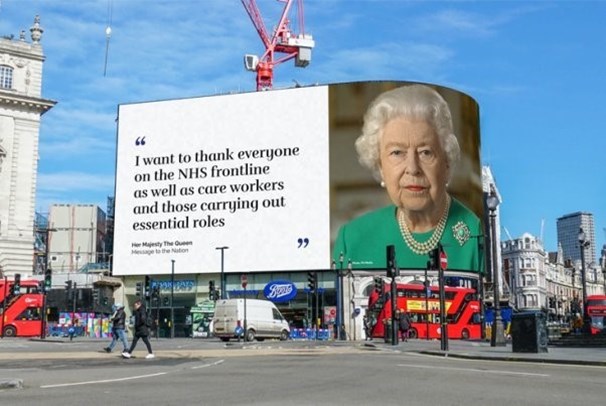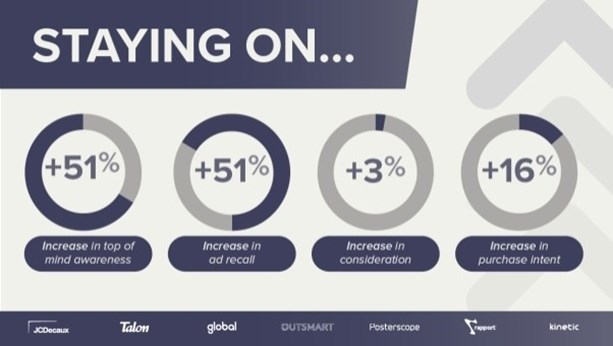
TerraQuest News
- May 2021
Planning Portal MIR Report - How did the oldest advertising medium adapt to the newest challenge?
2020 was particularly tough for Out of Home (OOH) advertising. Selling advertising on posters and screens was challenging when the public have been told to “Stay at Home”. According to PwC, by the end of 2020 OOH advertising revenue was down -46% on 2019, with April - June 2020 revenue particularly hit at -83% YOY. Unsurprisingly, submission of these types of planning applications also paused whilst the industry rode out the storm.
But we also learned a lot in 2020 too. OOH business quickly invested in additional on-device data and leaned heavily into analysing changing audience behaviours. A week-on-week view of public mobility levels and location data enabled us to track behaviours and spot emerging trends; informing the impact of advertising creative. So, what did we learn? In short: data challenges our gut-feel perceptions. What we saw was audience adaption, not disappearance.

Pic: Public mobility Feb 2020-April 2021. Sources: Three, Posterscope. It is based off a pre-lockdown baseline of 100. It shows a strong correlation between mobility levels and movement restrictions
Firstly, the data revealed movement restrictions changed the old habits of ‘rush-hour’, ‘school run’, ‘drivetime’, and ‘lunchtime economy’ to new ones. People spent more time going out in their local environment, across varying times of the day. The suburbs and associated local retail and leisure areas became more important and frequented.
Secondly, despite lockdown restrictions, around half (49%) of workers were unable to stay home and continued to travel to and from work. Thirdly, OOH became not ‘just’ about advertising. The industry donated a huge amount of unused space to promote essential public health messaging and to thank keyworkers of all stripes. This helped forge a sense of national conscience in the face of uncertainty and the public responded positively, seeing a different side to OOH for the first time in decades.

The advertising messages in 2020 adapted too, with localised messaging – perhaps referencing the town or area in the advertisement copy itself, or acknowledging the uncertain times, and appealing to traditional instincts to come together in the face of adversity.
We researched the effectiveness of 65 advertising campaigns that ran between March and September 2020 for our “Staying On” project. OOH performed strongly with +51% for advertisement recall and +16% for purchase intent with some campaigns performing better than pre-lockdown KPIs.

The questions now are: where do we go from here? Will the public stay local? How do town centres adapt? How often will workers head into the office? What is temporary and what is permanent?
These are important questions for planning. OOH advertising helps fund public services from installing and maintaining essential infrastructure like bus shelters, to information kiosks, public seating and access to free Wi-Fi. From TfL, to Network Rail, to airports and virtually every Local Authority up and down the UK, revenue from OOH advertising reduces expense from the public purse.
As the weather improves and we move into summer, as the vaccination success continues and society reopens, we will begin to answer these questions. Generally speaking, people are habitual, and they structure their movements around the norms of work and leisure time, family, friends, interests and preferences that collectively make up ‘real life’. With good data we can monitor and predict what real life looks like in 2021 and beyond, so that OOH can continue to meet the public where they are.
Tim Lumb, Director of Outsmart, the Out of Home Advertising Trade Association.

The above article was provided to us by the Planning Portal.
Find out more about the MIR Report here.


